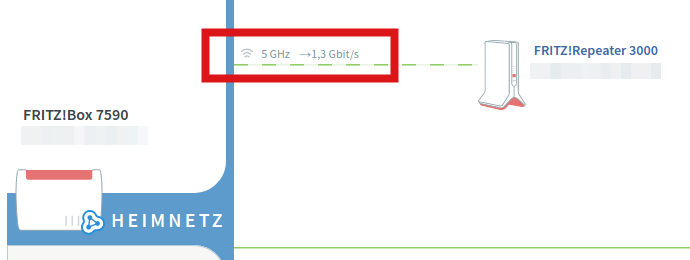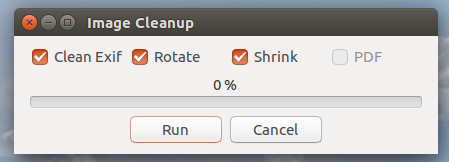Back in 2009, I installed a derivate of Ubuntu 09.04 on a notebook ‘just to try it out’ and have remained with Ubuntu ever since. It was my first Linux I used full time as it was clear to me that closed source software connected to the Internet would not work for me but eventually against me. Over the years, I’ve upgraded to the Long Term Support (LTS) versions 10.04 12.04, 14.04 and finally to 16.04 in 2016. I skipped 18.04, as 16.04 was ‘good enough’ and, as far as the operating system is concerned, I don’t have to live on the bleeding edge. But since Ubuntu 16.04 will reach the end of its support cycle in 2021 and some annoying quirks had never been fixed over the years, I decided to jump on the 20.04 Long Term Support (LTS) bandwagon as soon as possible. After using the new system for two weeks now, it was time to write down the things I like about 20.04 and compare it to 16.04. In a follow up post I will rant a bit about the things that I don’t like, which are unfortunately just about as many.
Continue reading Updating to Ubuntu 20.04 – The Good Things


